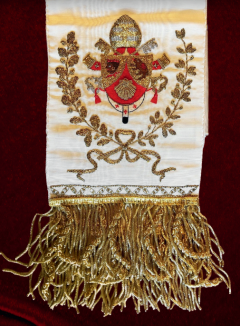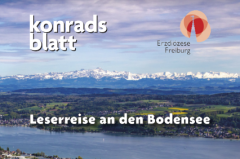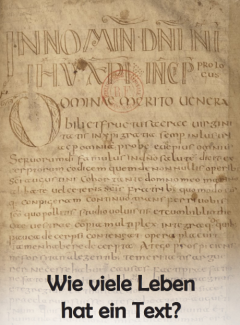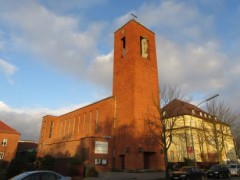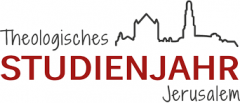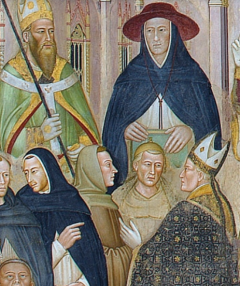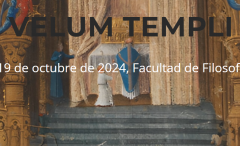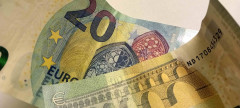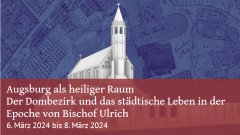The birthplace of Benedict XVI in Marktl am Inn is offering a series of lectures this year. There will also be a special exhibition with objects from the estate of the German Pope from 7 April to 3 October.
- Details
- Written by: Stefan Heid
- Category: From around the world
 Römisches Institut der Görres-Gesellschaft
Römisches Institut der Görres-Gesellschaft







